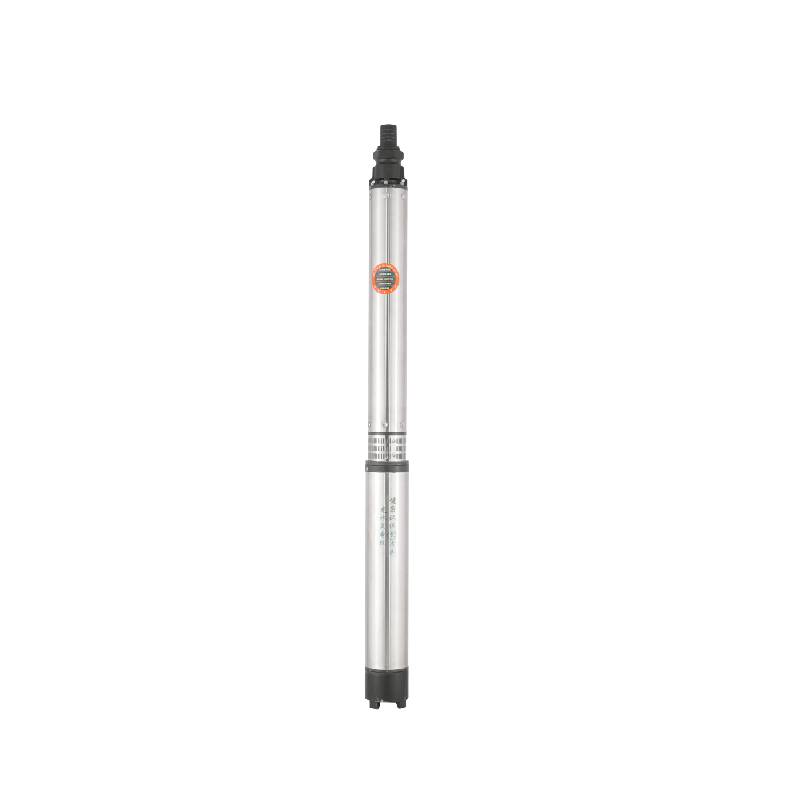Aug . 13, 2024 15:07 Back to list
Durable and Reliable Heavy-Duty Submersible Pumps for Various Industrial Applications and Needs
The Heavy-Duty Submersible Pump An Essential Tool for Challenging Environments
In various industrial and agricultural applications, the need for efficient water management systems is paramount. Among the various equipment designed for this purpose, heavy-duty submersible pumps have emerged as a vital tool for handling challenging water transfer tasks. These pumps, engineered for robustness and reliability, are specifically designed to operate submerged in water, making them ideal for numerous applications ranging from dewatering construction sites to wastewater management.
Design and Functionality
Heavy-duty submersible pumps are constructed to withstand harsh environments and can handle large volumes of water efficiently. Unlike traditional pumps that might be positioned above the water source, submersible pumps are placed directly in the liquid to be pumped. This submersion allows them to push water to the surface, reducing the need for additional mechanisms like suction lines. The design features a hermetically sealed motor, which prevents water ingress and protects the internal components from corrosion and damage.
These pumps come equipped with multiple stages and impellers, allowing them to generate strong hydraulic pressure, making them capable of lifting water to considerable heights. The versatility in design also means that they can handle various types of fluids, including clean water, sewage, and even abrasive fluids containing solids. This adaptability is essential for industries that deal with diverse water types and contaminants.
Applications
The applications of heavy-duty submersible pumps are extensive. In the construction industry, they are invaluable for dewatering construction sites, ensuring that excavations remain dry and safe for workers. Their ability to handle gravel, sand, and other solids makes them essential for maintaining the integrity of foundations and structures.
heavy duty submersible pump

In municipal applications, submersible pumps are crucial for sewage and wastewater treatment systems. They can effectively pump large volumes of wastewater to treatment plants, ensuring that essential processes run smoothly. Their robust nature means they can handle the tough conditions found in these applications without compromising performance.
Agricultural operations also benefit from these pumps, especially in areas requiring groundwater extraction or irrigation. Heavy-duty submersible pumps can efficiently draw water from wells or reservoirs, ensuring that crops receive consistent water supply, crucial for optimal growth and yield.
Advantages
One of the main advantages of heavy-duty submersible pumps is their energy efficiency. By operating underwater, they do not require extra energy to lift water, leading to lower operational costs. Additionally, they produce less noise than their surface counterparts, making them suitable for sites where noise reduction is necessary.
Maintenance is another critical consideration. While submersible pumps require regular checks to ensure optimal performance, their design minimizes the hassle of accessing difficult-to-reach areas since they are submerged during operation. Many units are also equipped with monitoring systems to alert operators of any performance issues before they escalate.
Conclusion
In conclusion, heavy-duty submersible pumps play a crucial role in various sectors that require reliable and efficient water management. With their robust design, versatility, and energy efficiency, these pumps are indispensable for handling the demanding tasks of fluid transfer in construction, municipal services, and agriculture. As industries continue to evolve and face greater challenges related to water management, the importance of such equipment will only grow, solidifying the heavy-duty submersible pump's place as a cornerstone of modern industrial operations.
-
Submersible Water Pump: The Efficient 'Power Pioneer' of the Underwater World
NewsJul.01,2025
-
Submersible Pond Pump: The Hidden Guardian of Water Landscape Ecology
NewsJul.01,2025
-
Stainless Well Pump: A Reliable and Durable Pumping Main Force
NewsJul.01,2025
-
Stainless Steel Submersible Pump: An Efficient and Versatile Tool for Underwater Operations
NewsJul.01,2025
-
Deep Well Submersible Pump: An Efficient 'Sucker' of Groundwater Sources
NewsJul.01,2025
-
Deep Water Well Pump: An Efficient 'Sucker' of Groundwater Sources
NewsJul.01,2025
-
 Submersible Water Pump: The Efficient 'Power Pioneer' of the Underwater WorldIn the field of hydraulic equipment, the Submersible Water Pump has become the core equipment for underwater operations and water resource transportation due to its unique design and excellent performance.Detail
Submersible Water Pump: The Efficient 'Power Pioneer' of the Underwater WorldIn the field of hydraulic equipment, the Submersible Water Pump has become the core equipment for underwater operations and water resource transportation due to its unique design and excellent performance.Detail -
 Submersible Pond Pump: The Hidden Guardian of Water Landscape EcologyIn courtyard landscapes, ecological ponds, and even small-scale water conservancy projects, there is a silent yet indispensable equipment - the Submersible Pond Pump.Detail
Submersible Pond Pump: The Hidden Guardian of Water Landscape EcologyIn courtyard landscapes, ecological ponds, and even small-scale water conservancy projects, there is a silent yet indispensable equipment - the Submersible Pond Pump.Detail -
 Stainless Well Pump: A Reliable and Durable Pumping Main ForceIn the field of water resource transportation, Stainless Well Pump has become the core equipment for various pumping scenarios with its excellent performance and reliable quality.Detail
Stainless Well Pump: A Reliable and Durable Pumping Main ForceIn the field of water resource transportation, Stainless Well Pump has become the core equipment for various pumping scenarios with its excellent performance and reliable quality.Detail
